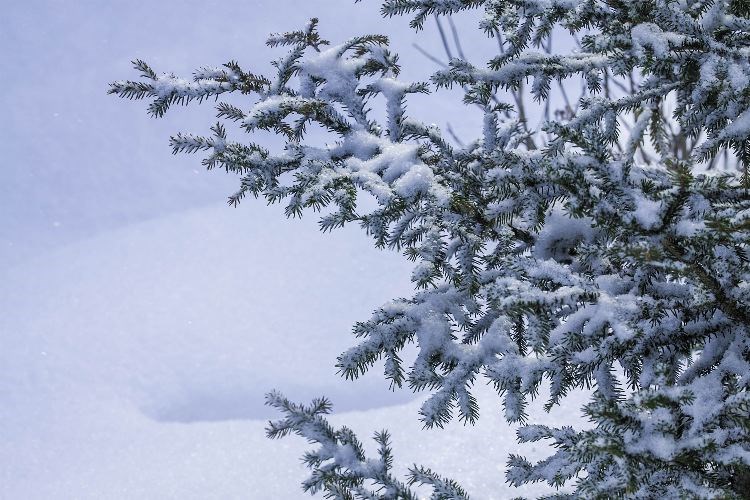Fall is here. The first snow is falling.
The sky is cloudy. And after a summer under the haze of wildfire smoke, it seems we are quickly slipping into the dreary days of winter.
Human beings - like most animals - are creatures of habit and instinct. The diurnal pattern of day and night (and day and night) provides our bodies with all sorts of clues. The rhythm of our daily life reflects this pattern as it tells us when to sleep, when to feel tired, when to eat, when to rise, and many other aspects of our existence beyond our conscious control.
Fighting these rhythms is one of the hardest things to do for shift workers - particularly if their shifts change from day to night or vice versus. It takes a lot of time to reset our internal clocks and, for many individuals, it is almost impossible.
The longer rhythm produced by the moon's cycles gives rise to a number of patterns. Both men and women have cyclic variations in hormone levels and behavioural patterns which correspond roughly to a month in length.
The subtlest of patterns is seasonal. We don't migrate like birds or fatten for hibernation like other mammals, but the gradual progression from fall to winter can affect us.
For some people, the fading of the summer sun triggers a depression or mood disorder called Seasonal Affective Disorder or, appropriately enough, SAD for short.
As I am a chemist, I'm not trying to offer a medical diagnosis, but the symptoms of SAD are usually listed as:
Extreme fatigue and a lack of energy.
An increased need for sleep or sleeping much more than usual.
Carbohydrate cravings and an increased appetite.
Weight gain.
Moodiness.
In many ways, the symptoms of SAD almost sound like the physiological preparation undertaken by many mammals as they prepare to hibernate. Presumably, with food scarce in the winter, our genetic ancestors evolved a tendency to be more sedentary in the winter months, a carry-over from our primate past.
Various causes have been proposed for SAD. One proposal for the mechanism behind the disorder is linked to the production of the neurotransmitter melatonin in the brain. All of our brain activity is regulated by a series of chemical compounds and their respective receptor sites - a sort of biological version of a lock and key.
The over- or under-production of these compounds can have significant impact on our thoughts and feelings. Much of ourselves is determined by the levels and timing of the release of neurotransmitters and other compounds.
In terms of the lock and key model, under-production means there are not enough keys to go around. Some biochemical pathways don't get turned on or are not activated strongly enough to have an effect.
Over-production results in too much stimulation. Every lock gets opened and there are a few extra keys pushing for more activation. Biochemical pathways get turned on too strongly and for too long.
Melatonin is produced in response to dim light or darkness by the pineal gland. Its role in our brains is to help control our sleep and wake cycle through the regulation of hormone production. Melatonin production is affected by light as there is a direct connection between the pineal gland and the retina via the suprachiasmatic nucleus so the amount of light we see can significantly impact melatonin levels.
Studies have shown high levels of light in the morning appear to assure the limited production of melatonin later the same night. Imbalances in melatonin levels can lead to chemical imbalances triggering depression. Too little sunlight can affect one's brain which affects one's mood.
Another postulated mechanism for SAD involves serotonin. Genetically-modified mice designed to be incapable of turning serotonin into N-acetylserotonin appear to express depression-like behaviour and respond to selective serotonin uptake inhibitors such as fluoxetine. While the link between serotonin and depression-like behaviour is well established, the difficulty with this hypothesis is connecting serotonin production to levels of light or other seasonal triggers.
In any case, research has indicated a link between latitude and SAD.
In Florida, it is estimated SAD affects only 1.4 per cent of the population, but by the time you get to our latitude, the number is close to 10 per cent and in the Yukon it has been estimated 33 per cent of the population suffer annually. Further, SAD is at its worst in February during the dreary doldrums of winter.
The correlation between latitude, the amount of daylight and SAD indicate light is the key and high intensity light therapy is often used as a treatment regime.
So, with the arrival of September and the first days of snow, we have a long dark winter to look forward to and for some people, another battle with a debilitating disorder.
The good news is winter will eventually be over.



